Popular Stories
YOU MIGHT BE INTERESTED IN
Game-changing Ideas For City Driving That Will Blow Your Mind
by IndianAuto Team |
16/03/2019
From talking vehicles to streets that charge your electric vehicle, the urban motoring knowledge is going to get a 21st Century update.

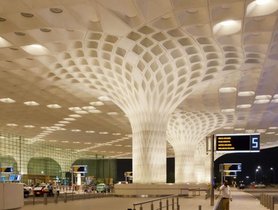





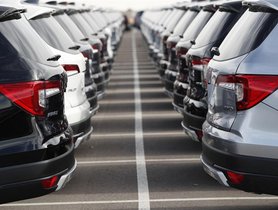




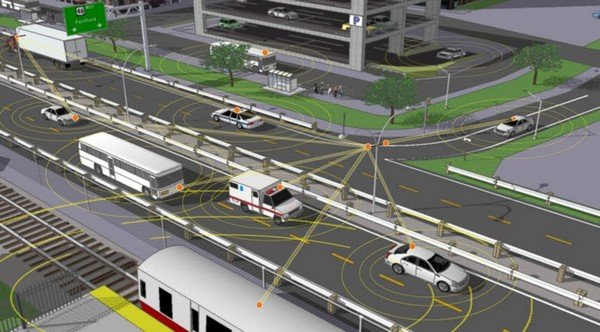
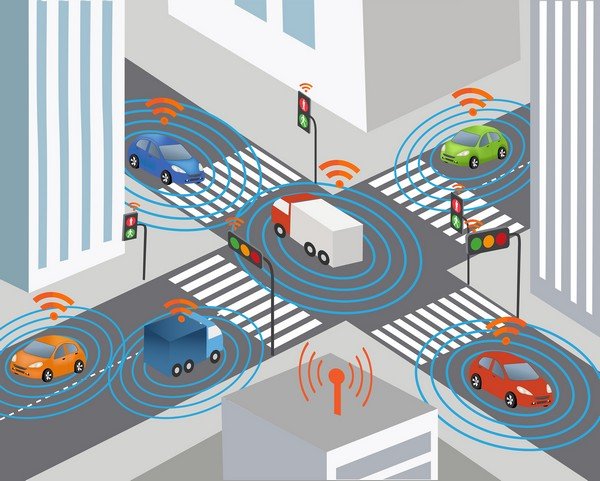

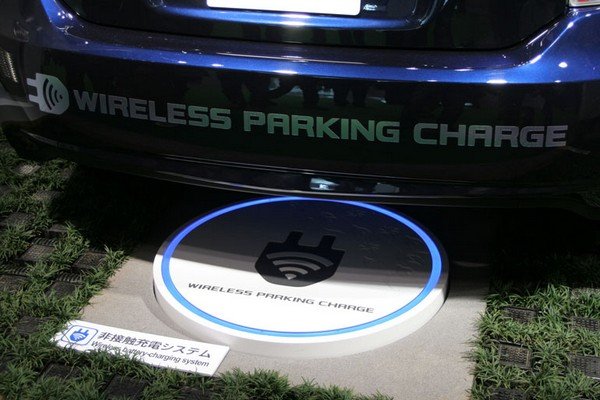
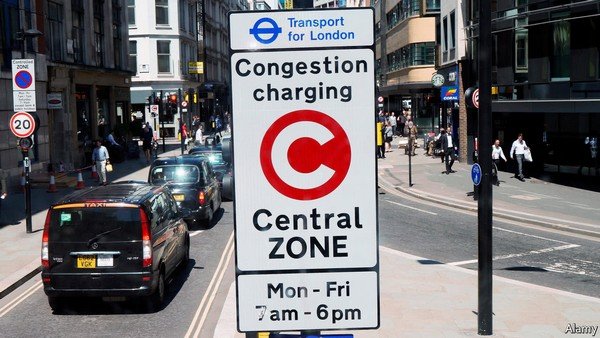
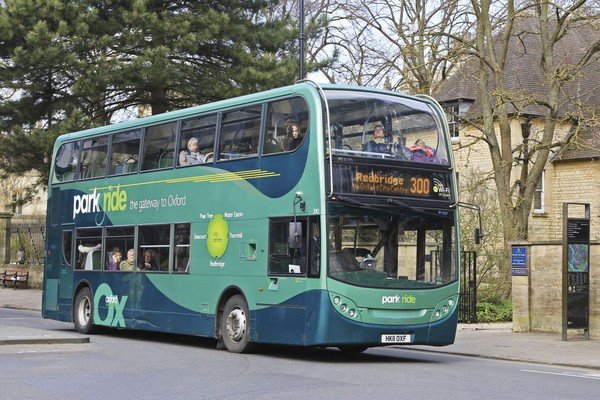
 Follow us on google news
Follow us on google news
